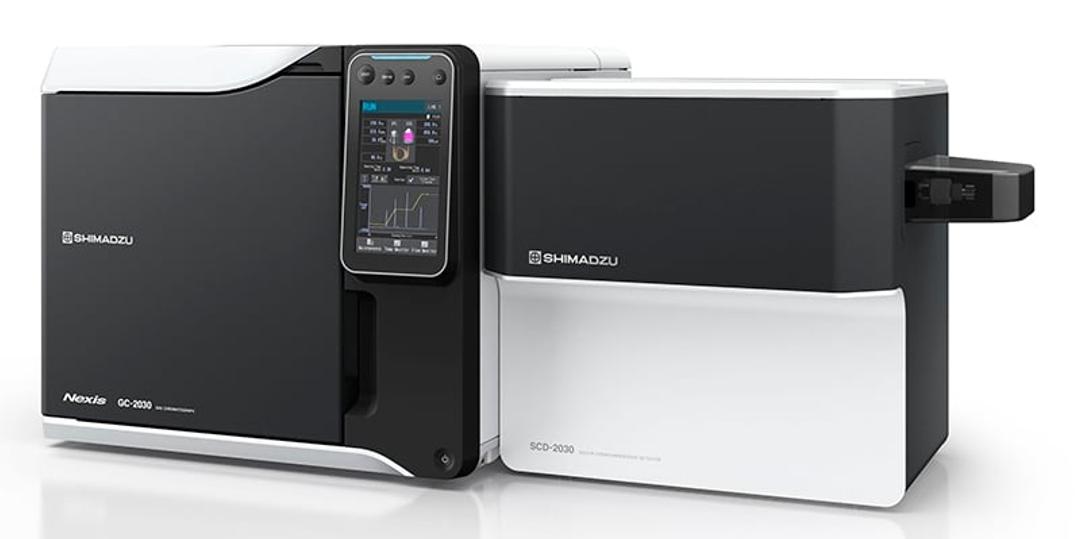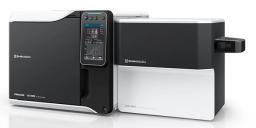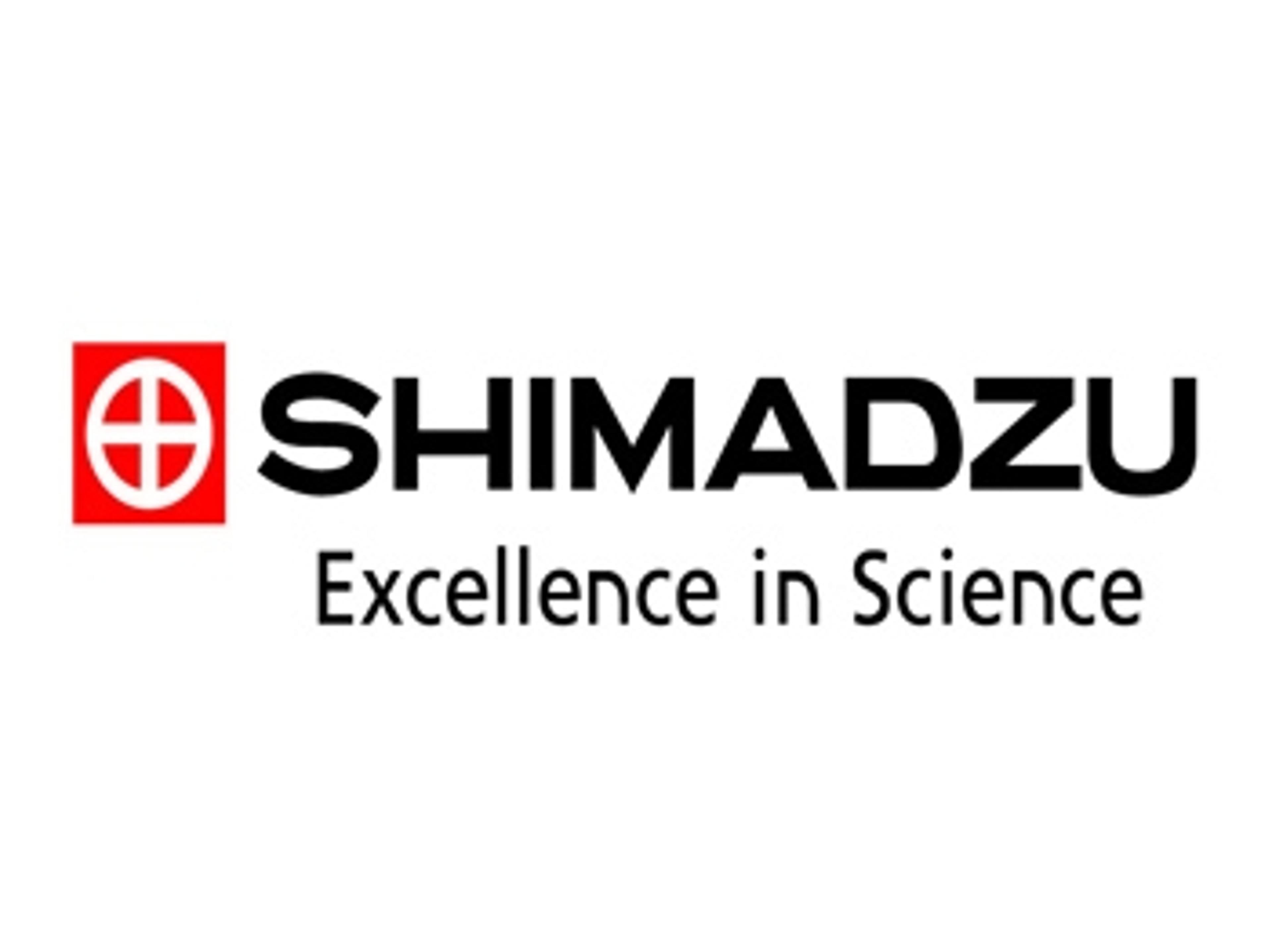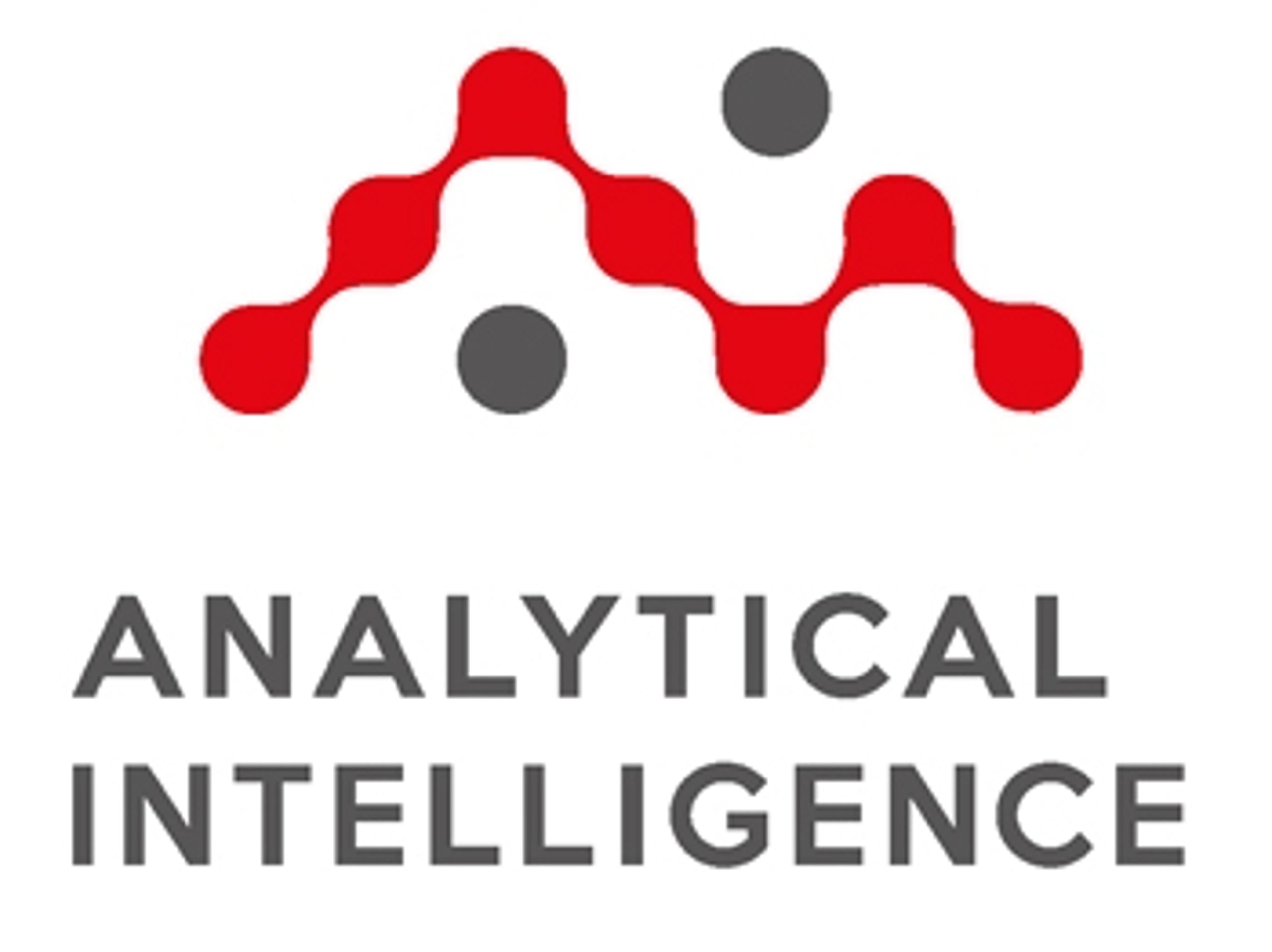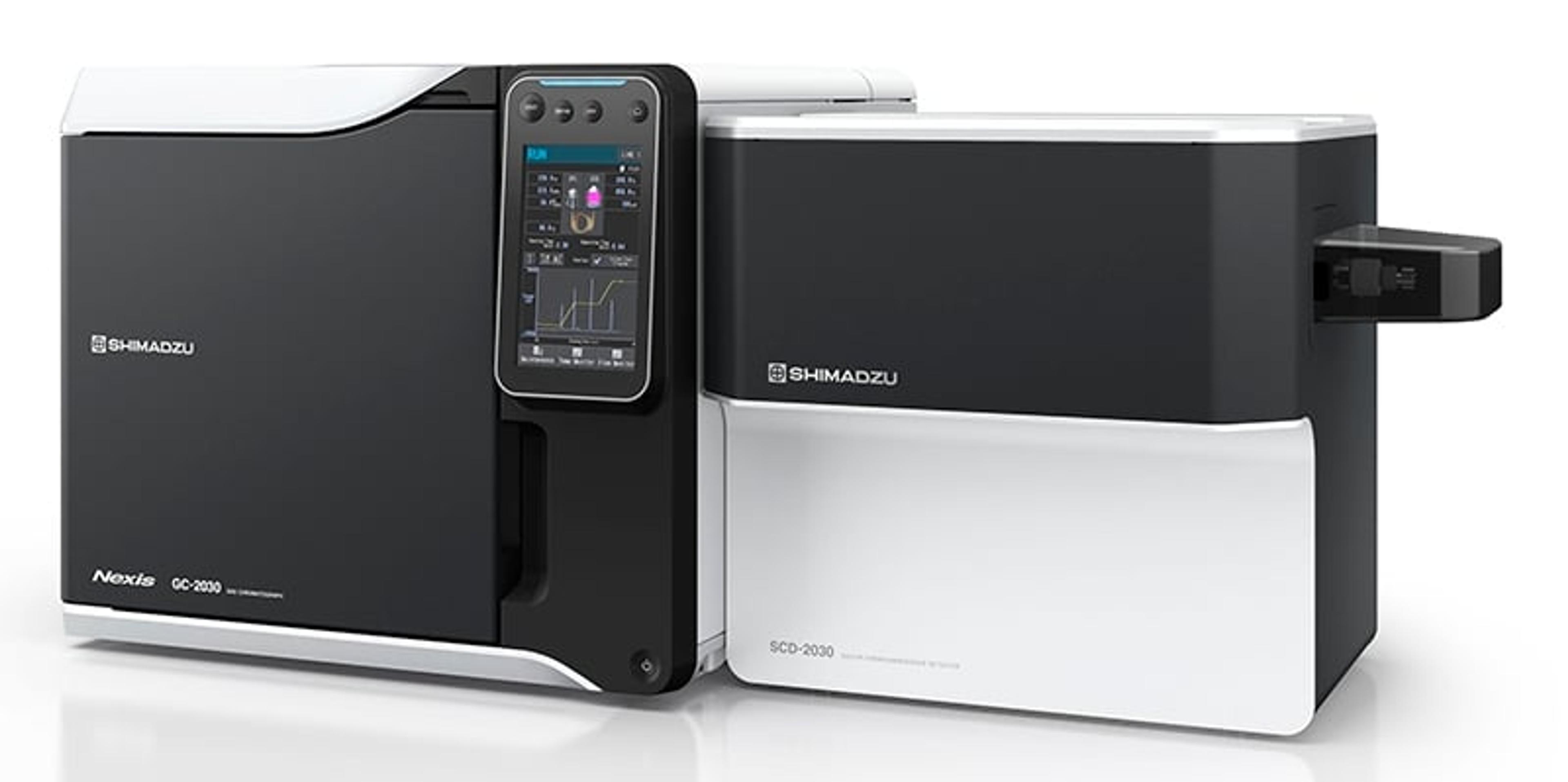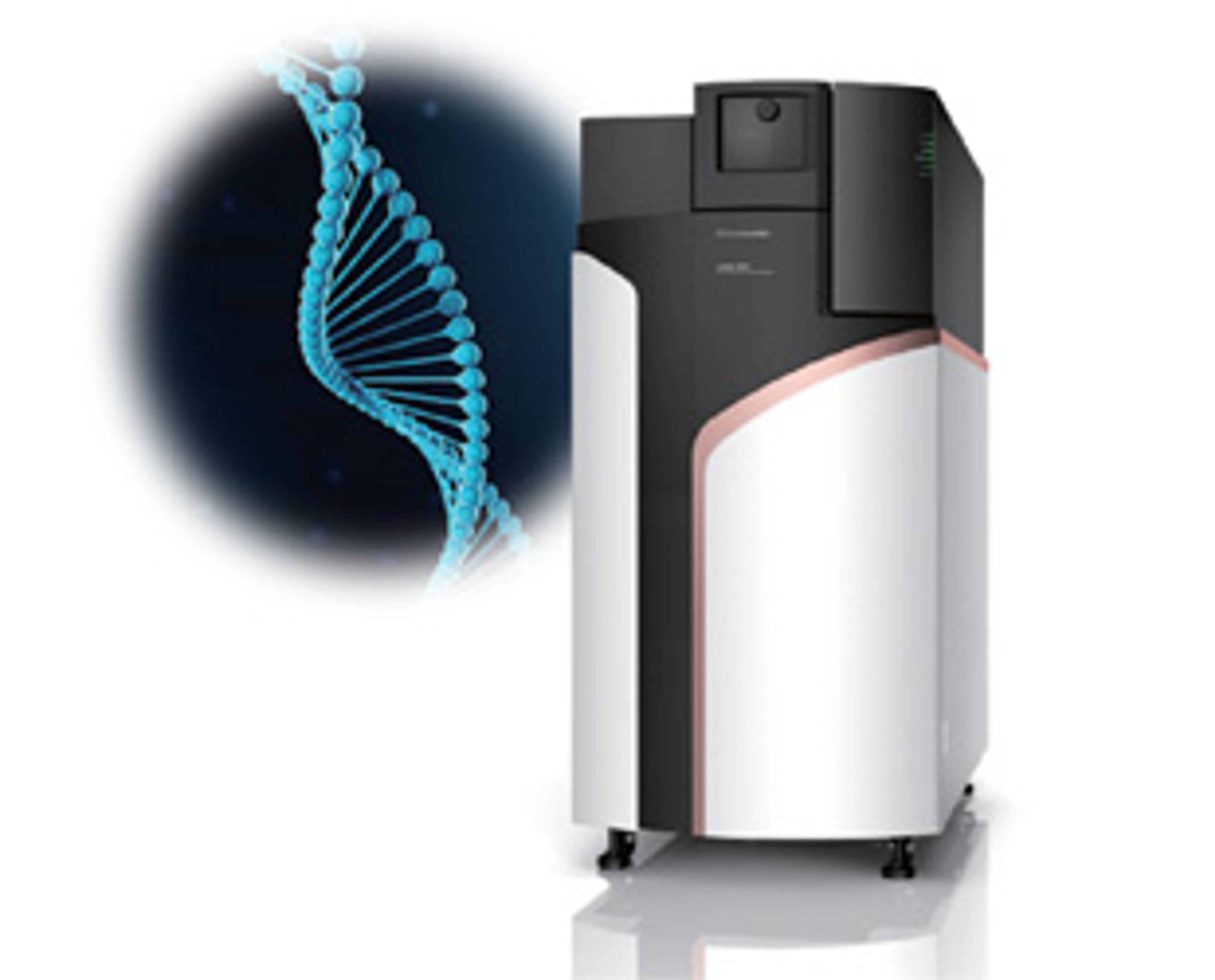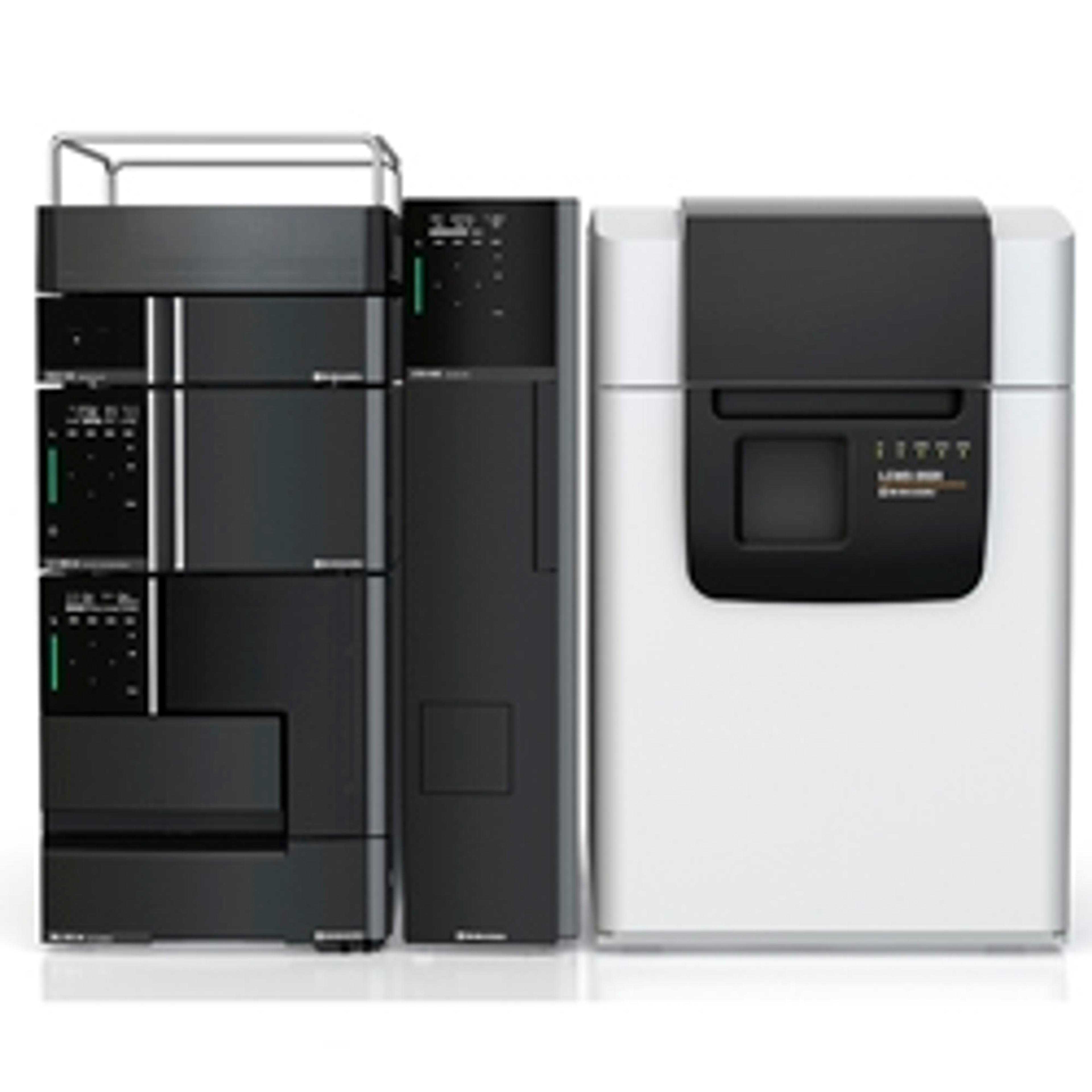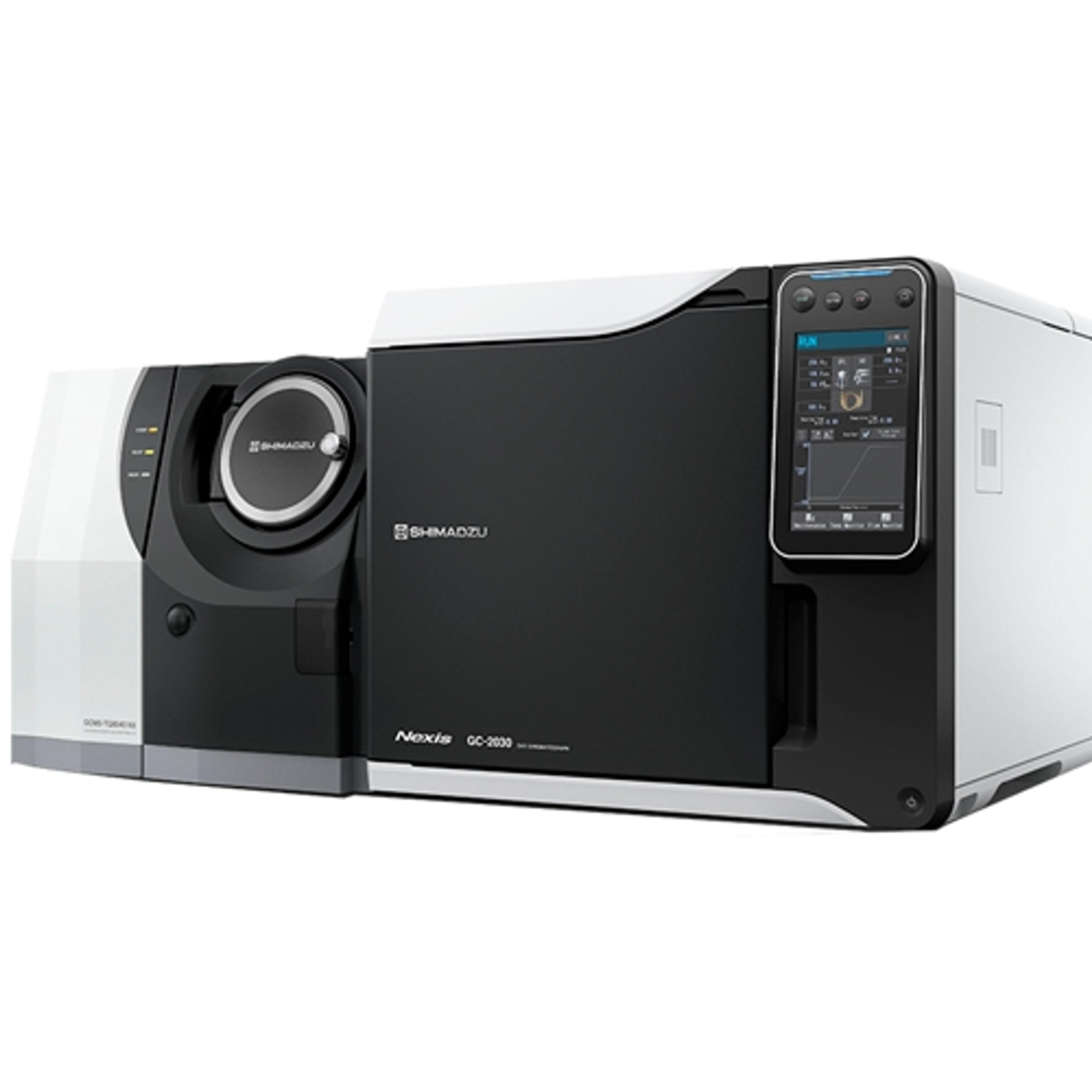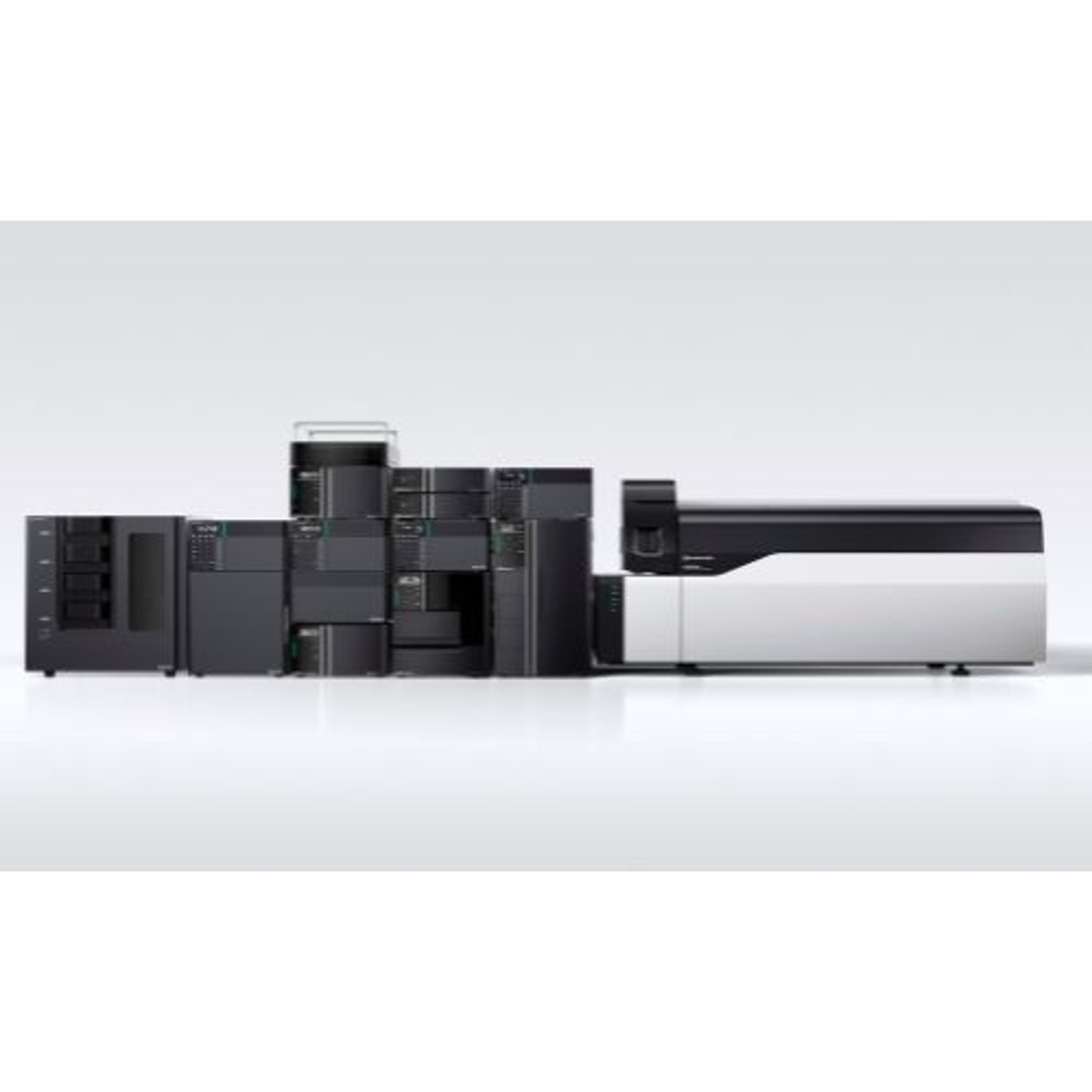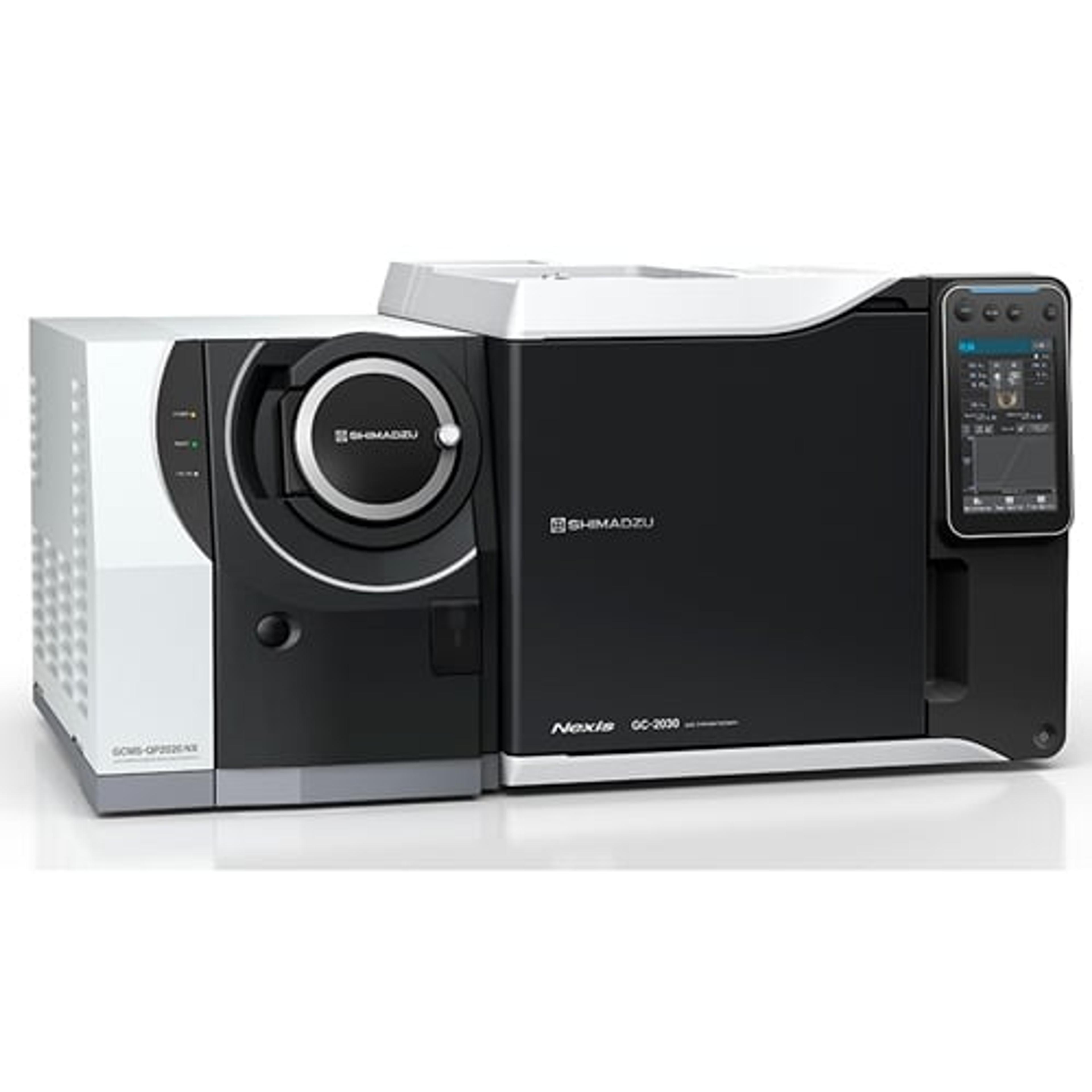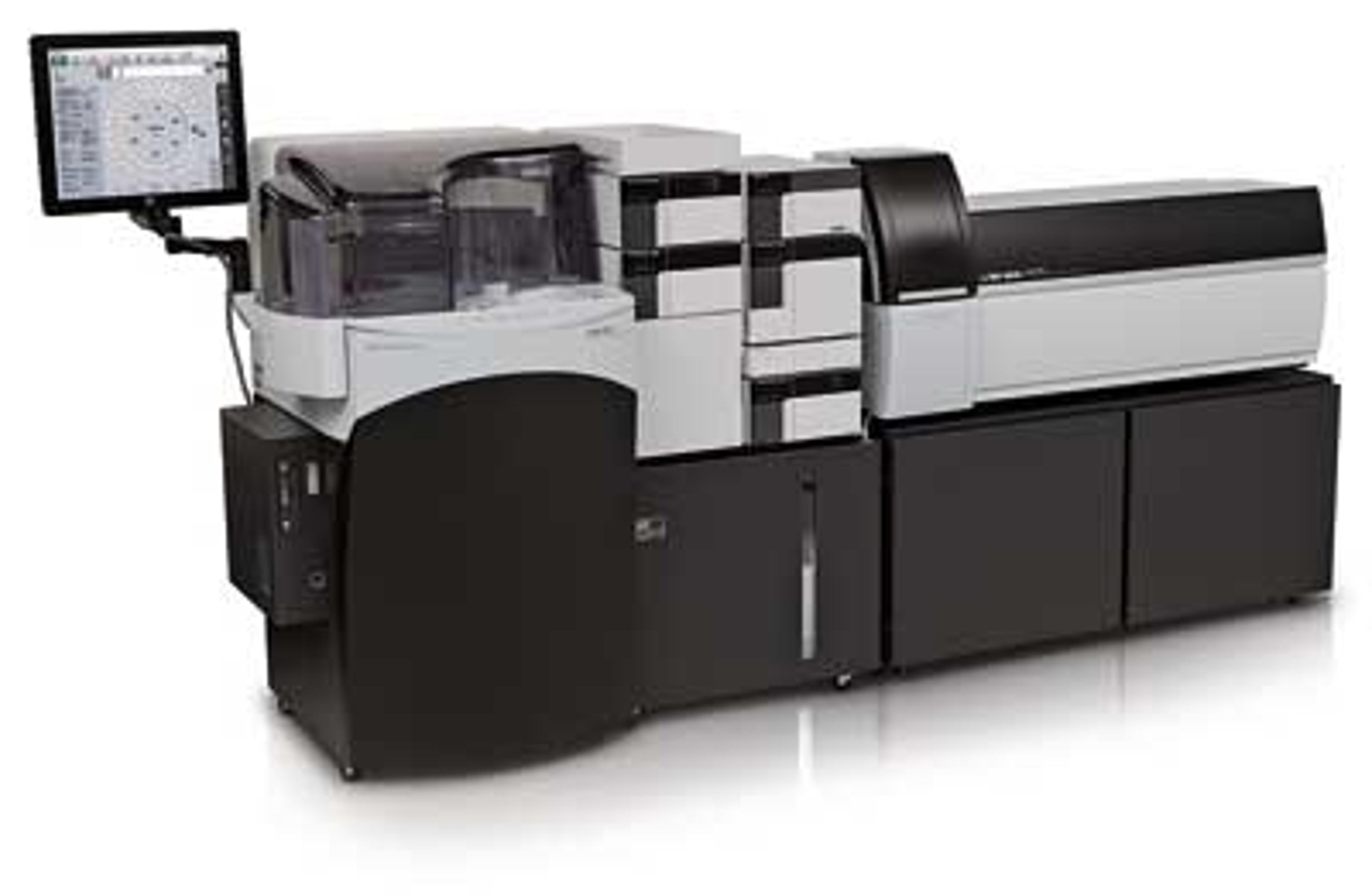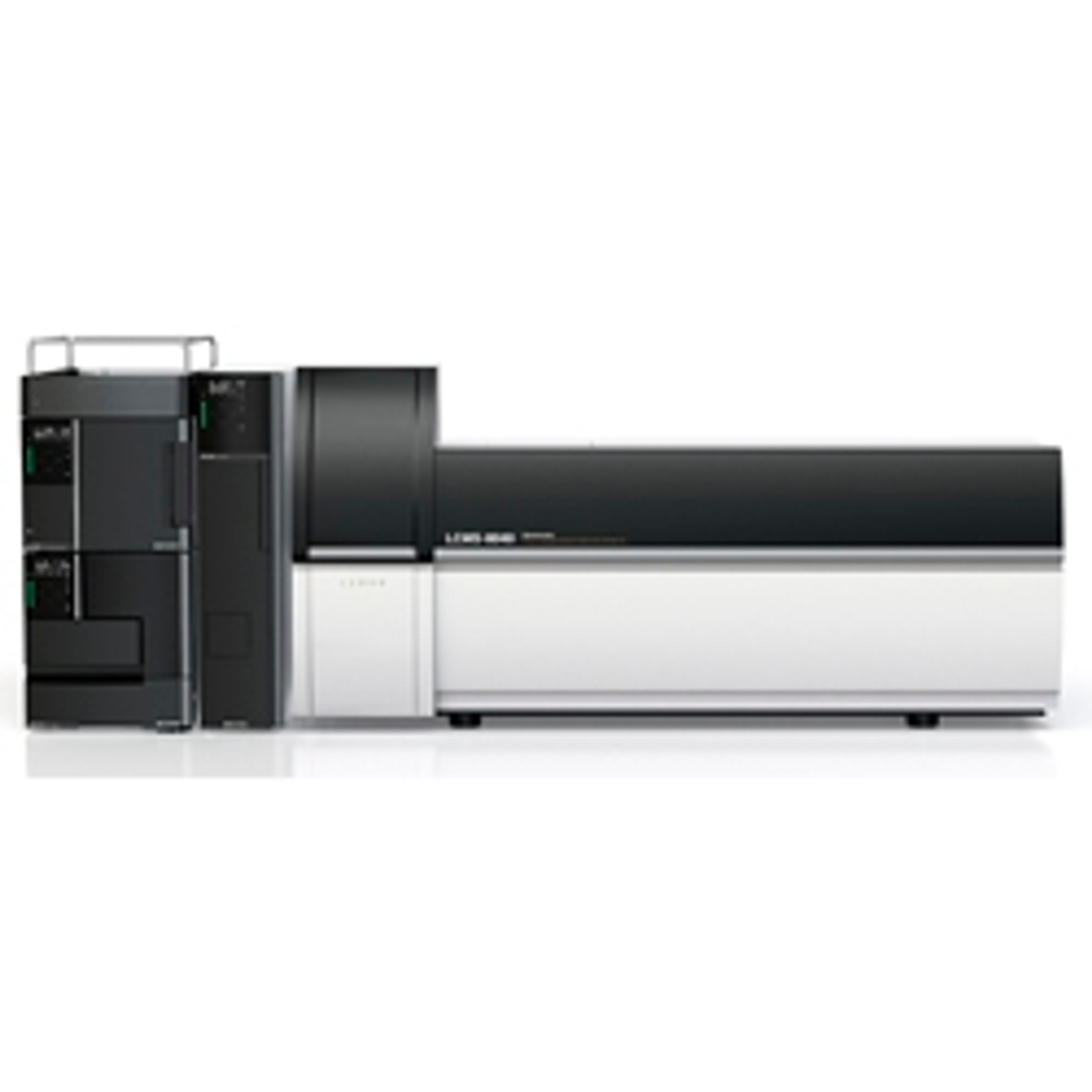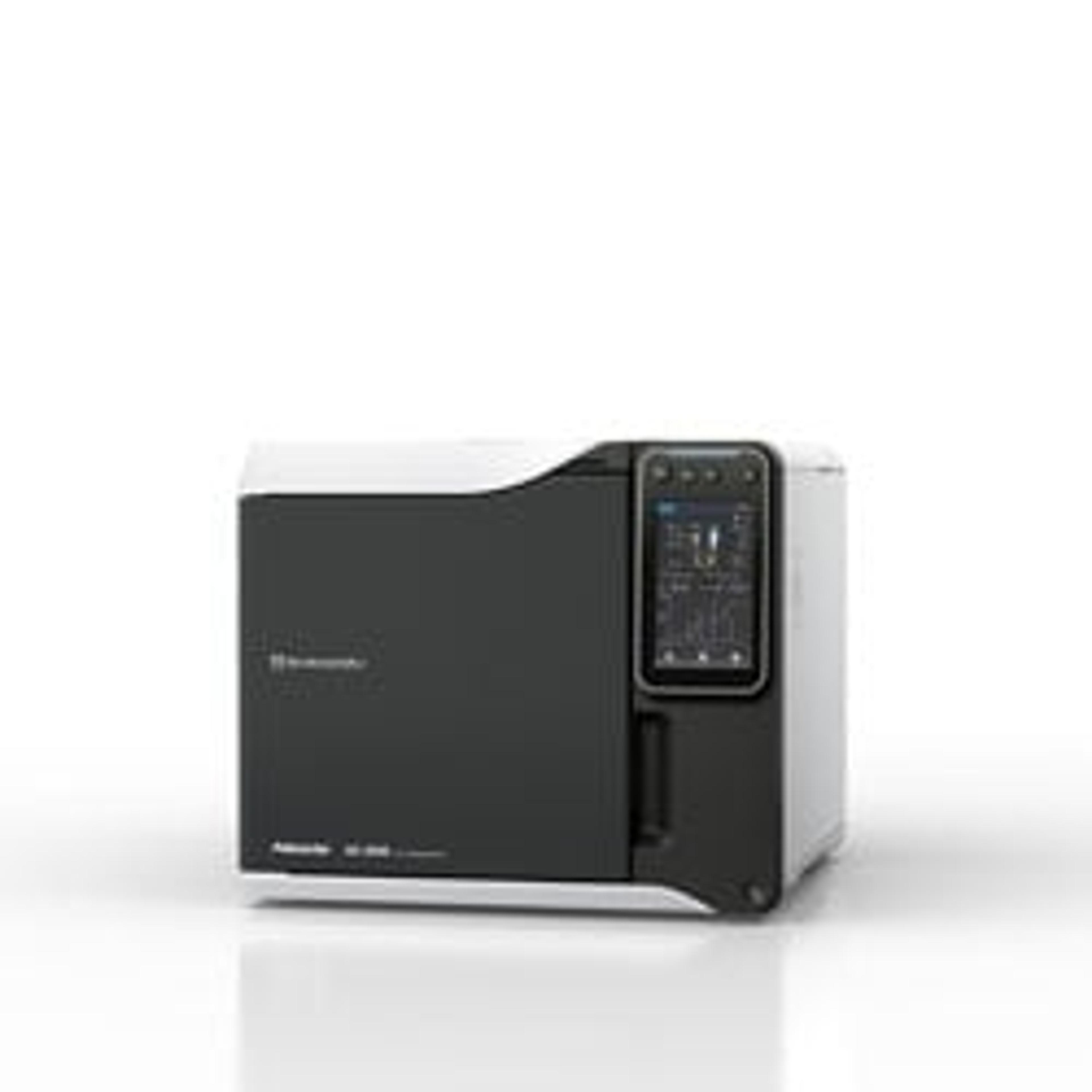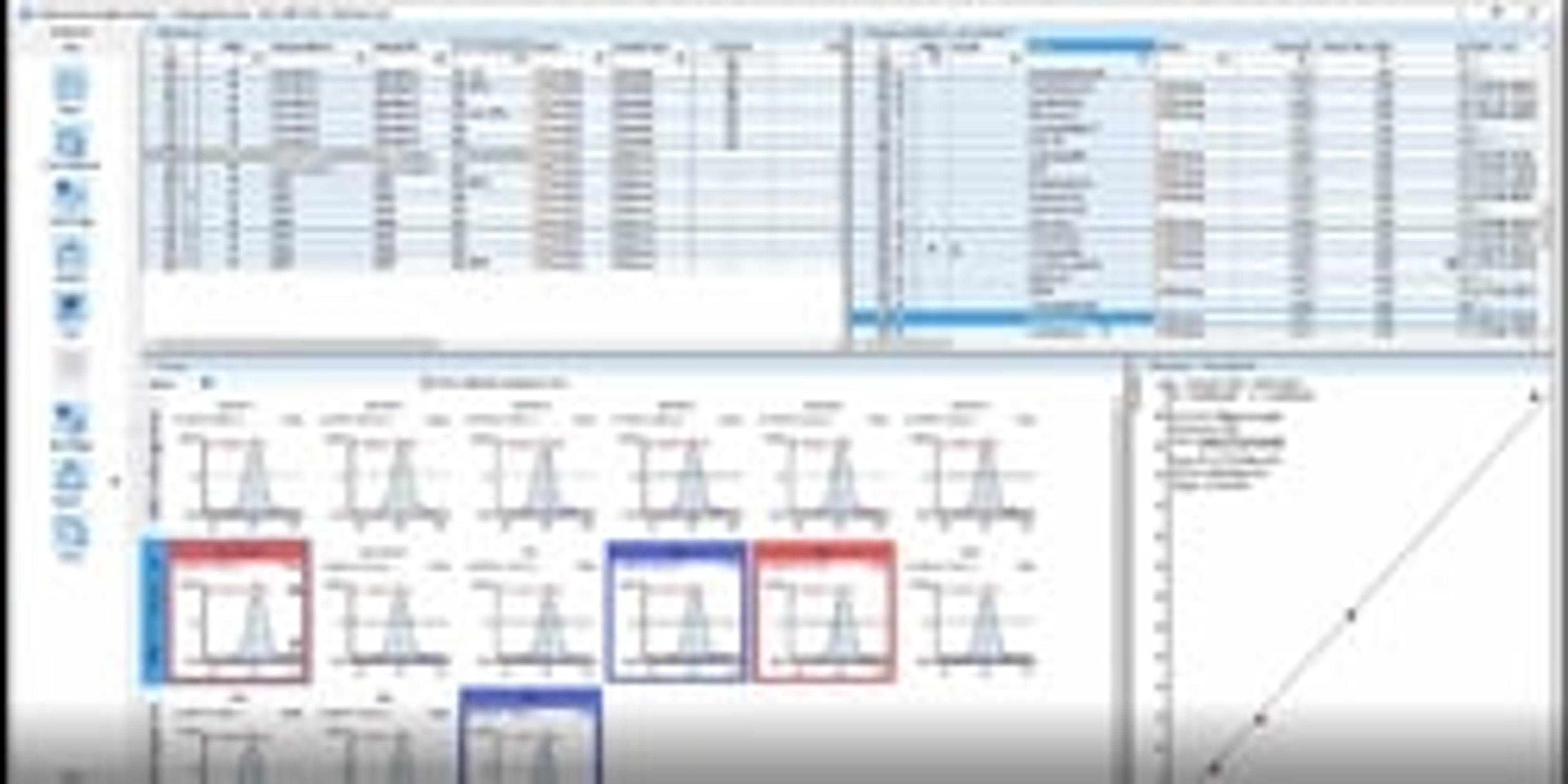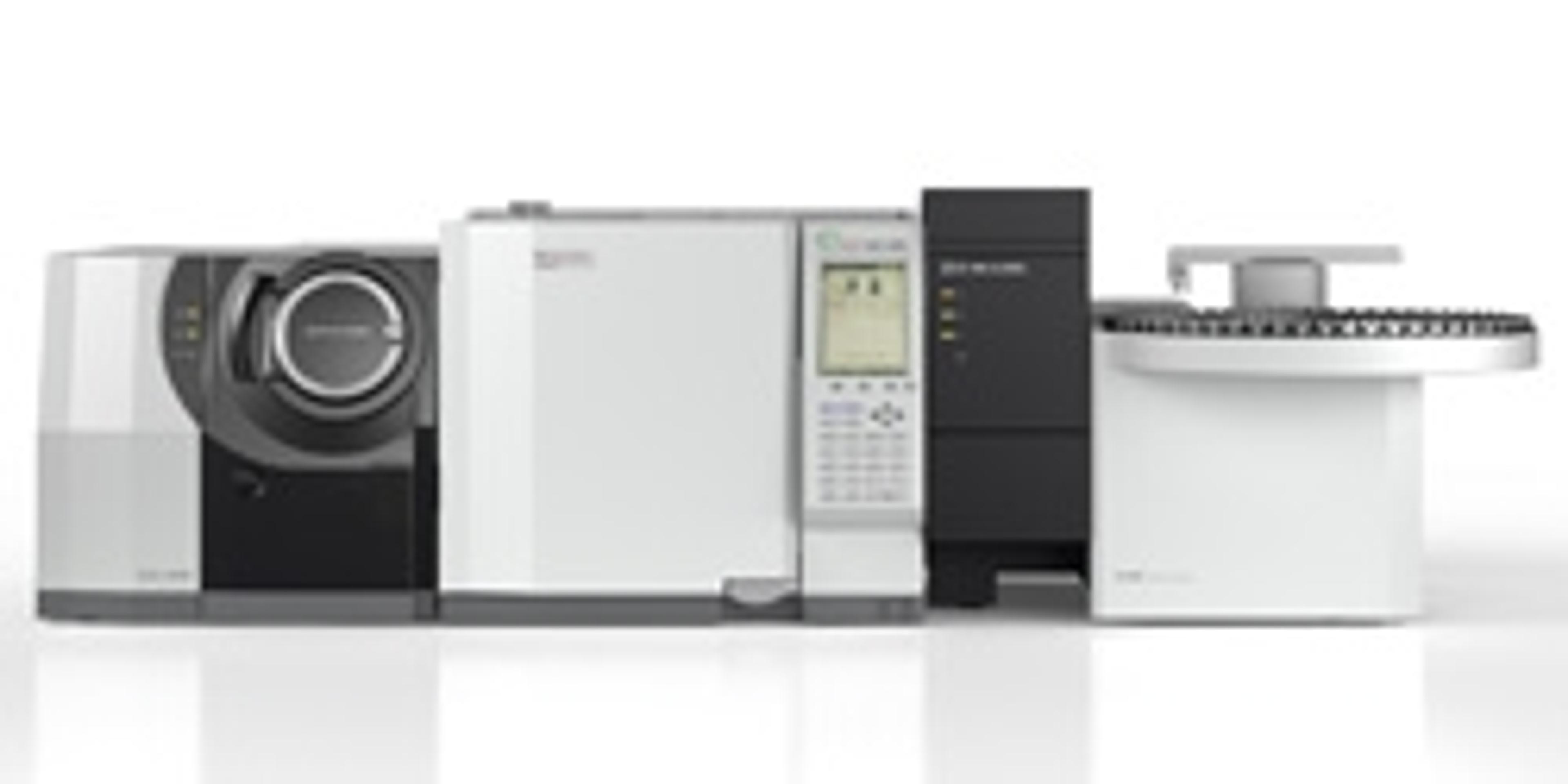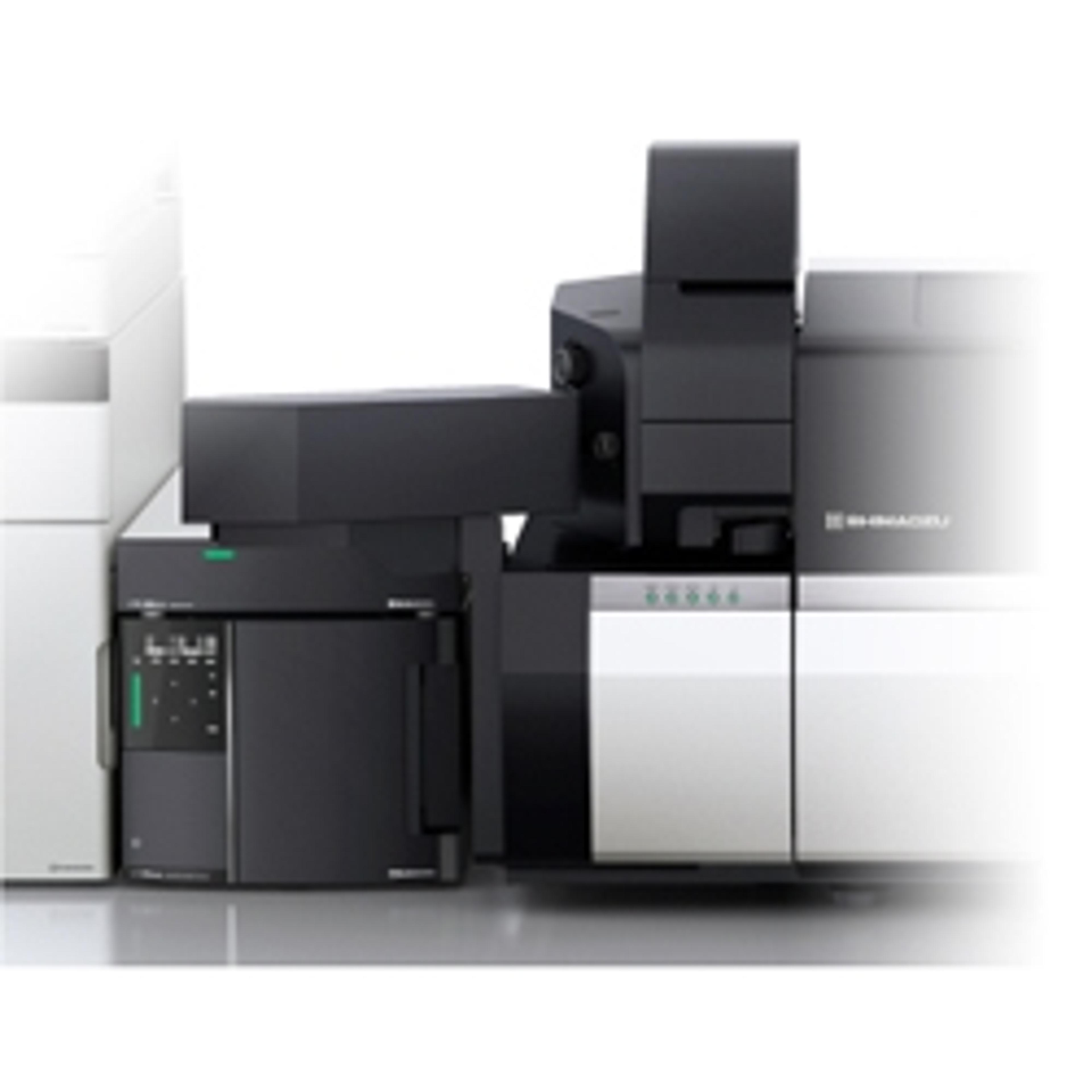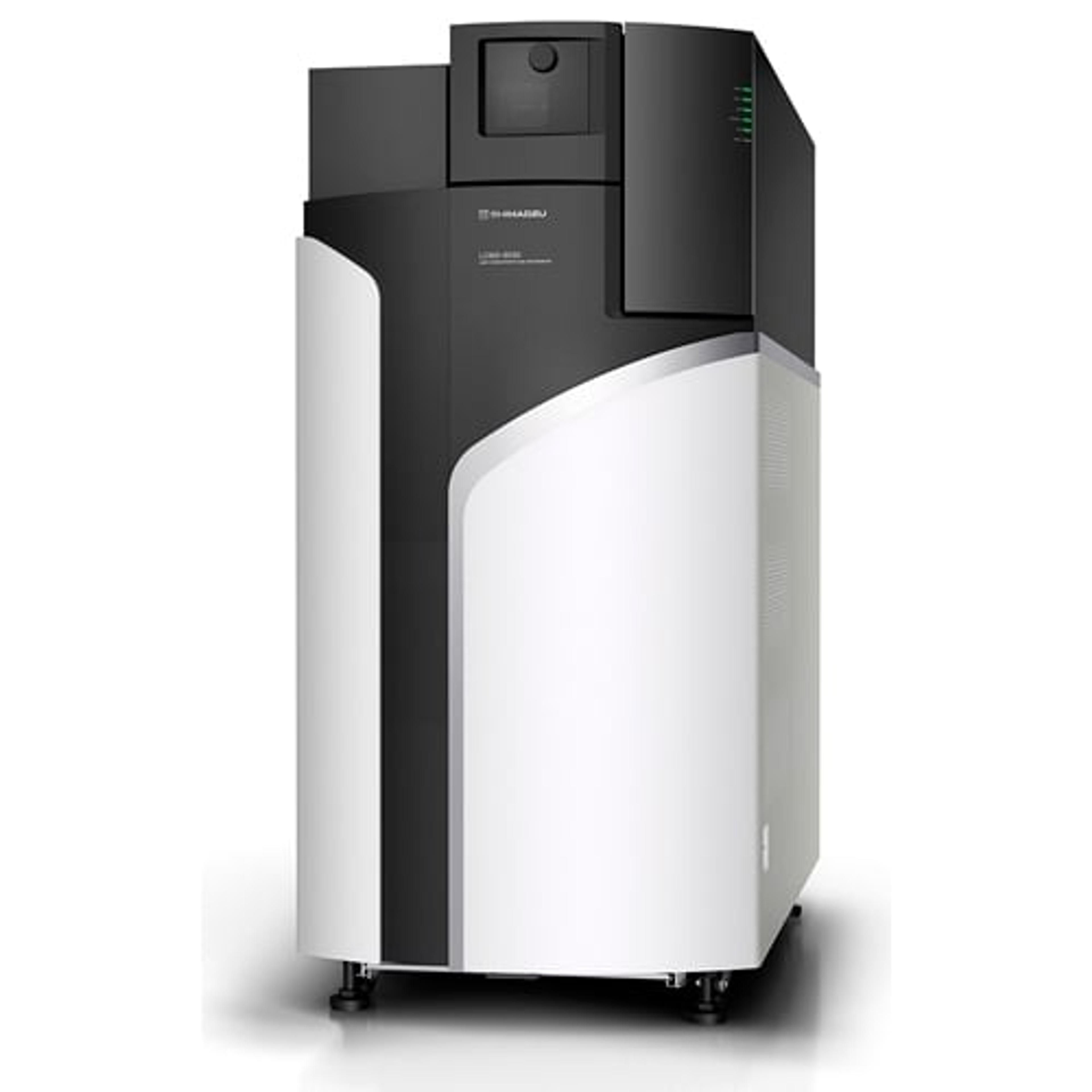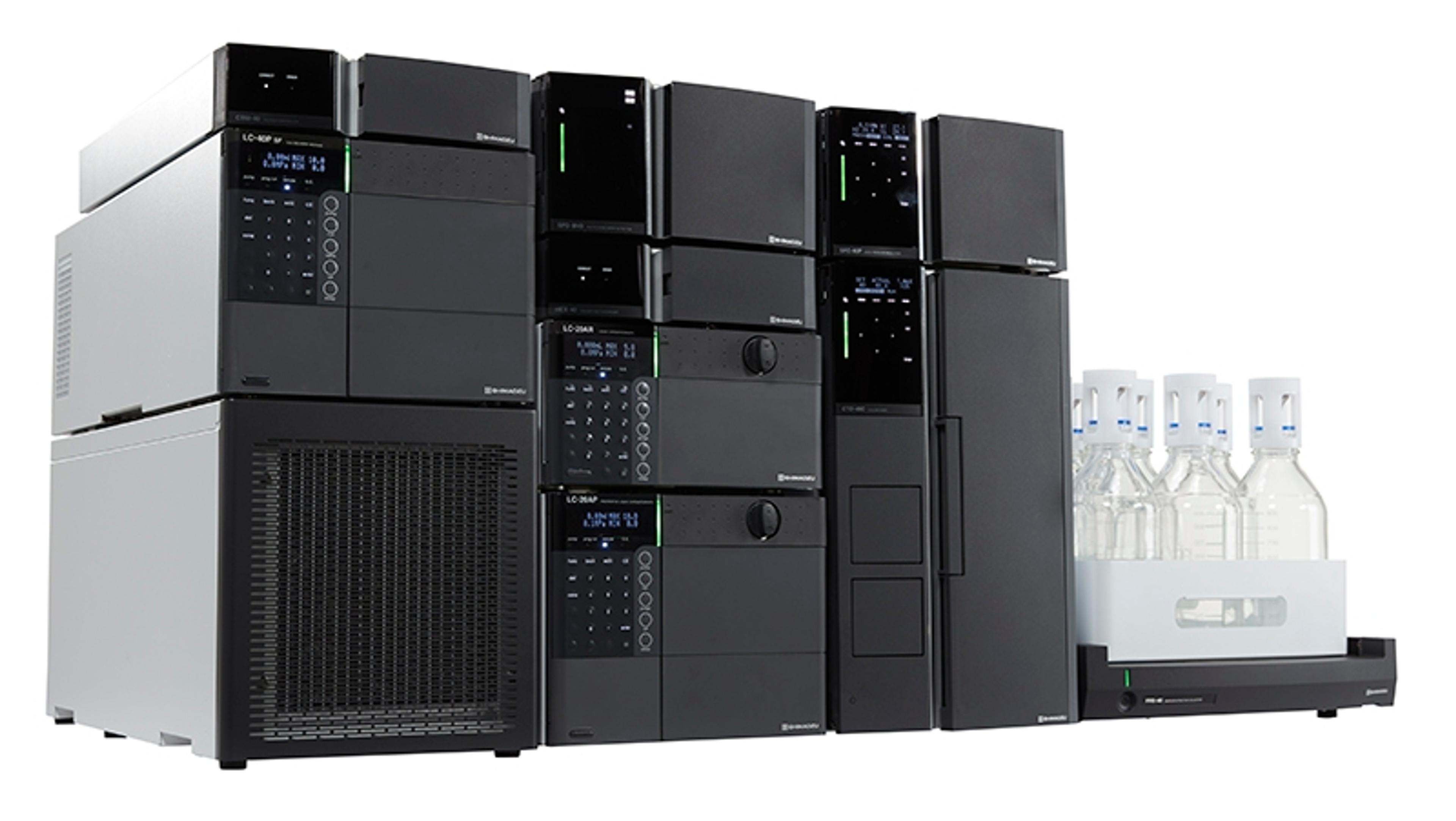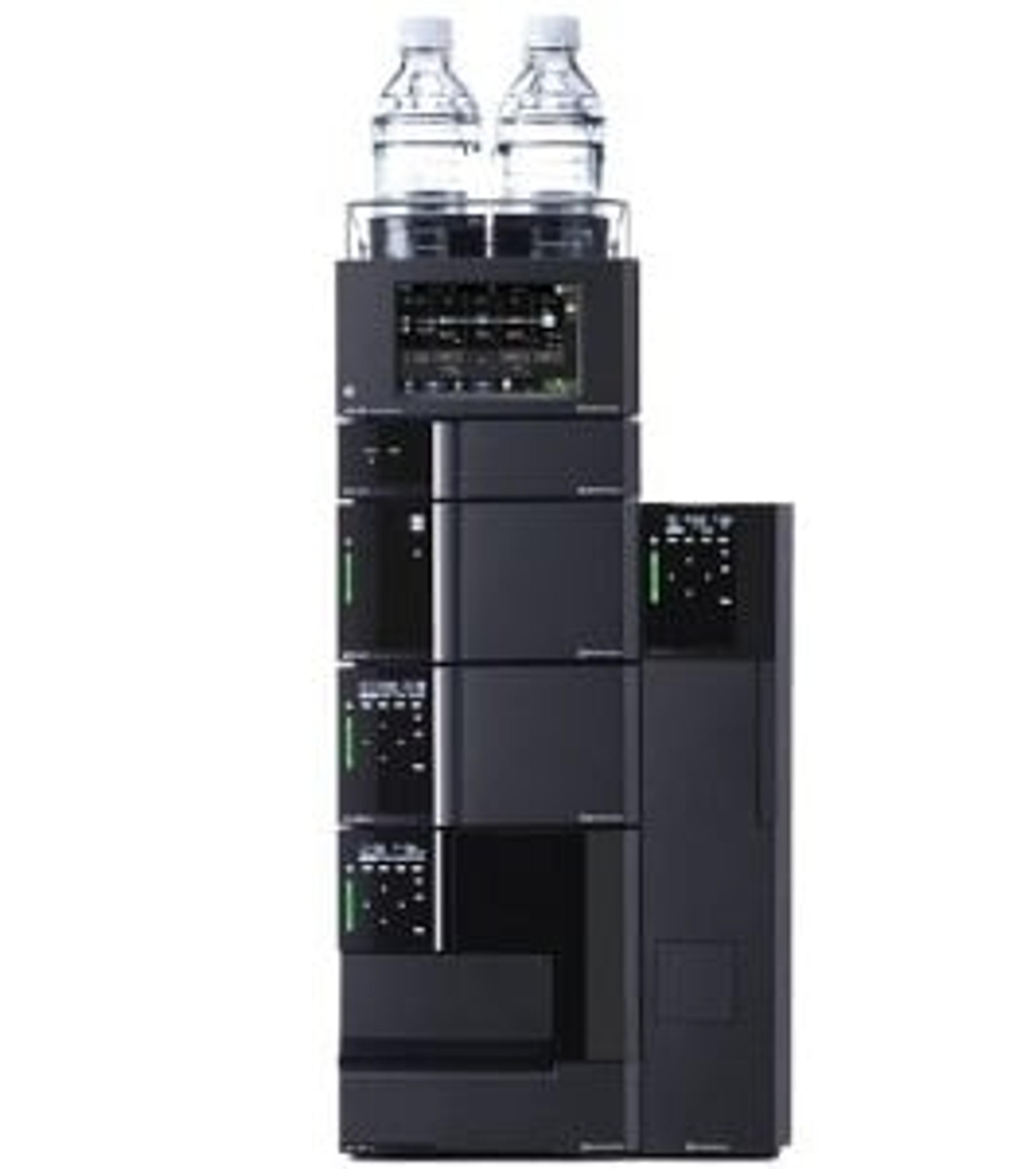Nexis SCD-2030 Sulfur Chemiluminescence Detection System
New Standard in Reliability, Productivity and Sensitivity
This new detector is bringing a much needed upgrade to an old technology.
Sulfur analysis for petrochemical industry
This new detector is bringing a much needed upgrade to an old technology. The large furnace affords better total combustion which brings beter performance and longer stability.
Review Date: 12 Mar 2020 | Shimadzu Corporation
With dramatically enhanced sensitivity and reliability, excellent maintainability, and next-generation automation functions, the Nexis SCD-2030 significantly improves laboratory productivity.
The Nexis SCD-2030 features an innovative horizontally positioned redox cell. This design ensures an ample reaction time and reaction zone within the cell, which promotes the sample's redox reaction, and achieves long-term stability. Moreover, the new design has significantly simplified changing the consumable pyro-tube and allows fast recovery of the instrument after maintenance. In addition, the SCD-2030 provides best-in-class sensitivity for sulfur chemiluminescence by utilizing the industry’s first ultrashort flow path. As the flow path becomes shorter, the sensitivity for both peak area and signal-to-noise ratio increases by up to 2.5 times.
Equipped with a new automation functions, the Nexis SCD-2030 enables operators to finish preparations such as gas control, temperature control and conditioning with a single touch. When combined with LabSolutions workstation software, the instrument can start up with the optimal conditions at a specific date and time, then automatically perform functions from system checks to starting and finishing analysis to system shutdown. Automating the processes previously performed by an operator supports a more efficient workflow and can prevent damage and degradation of detectors due to human error.

